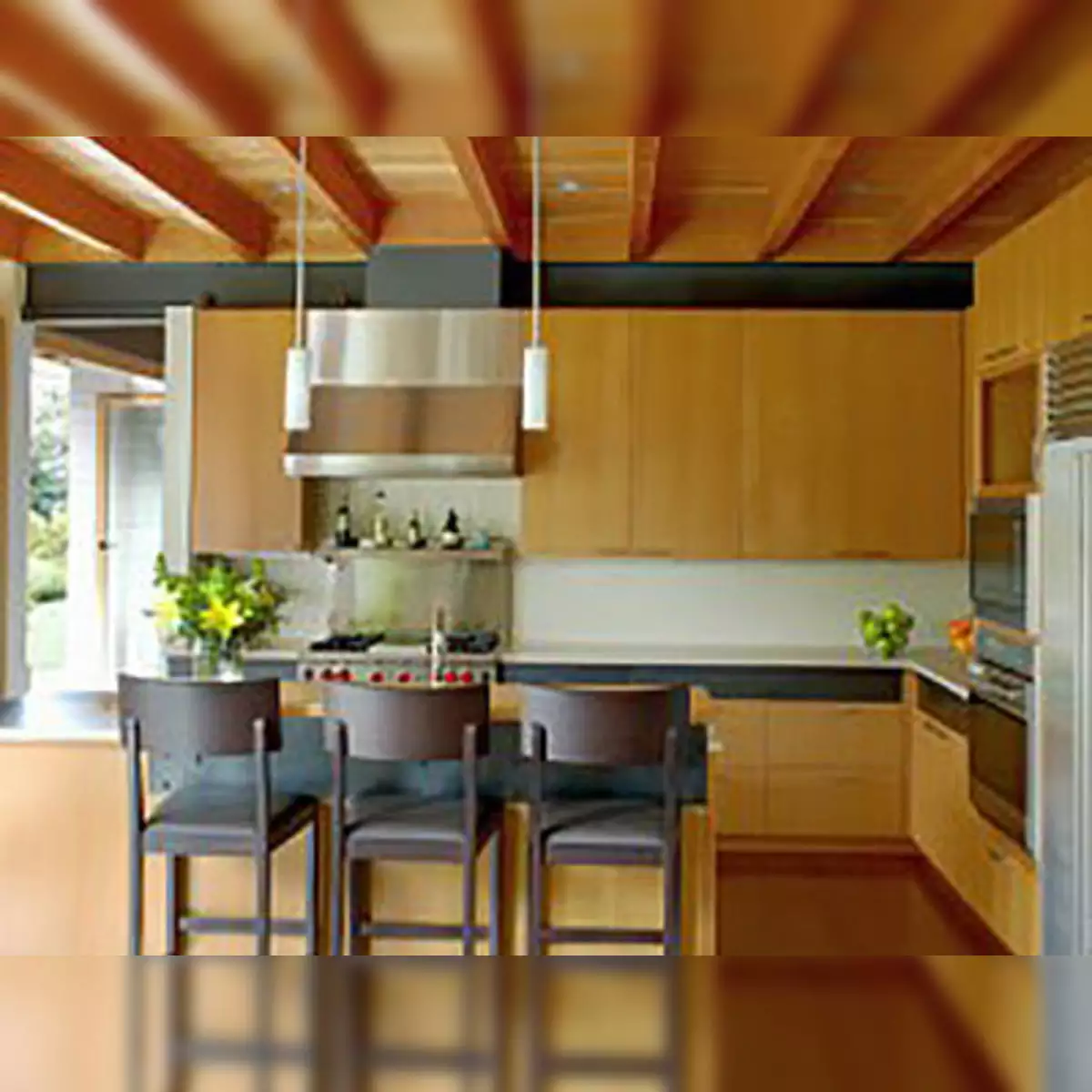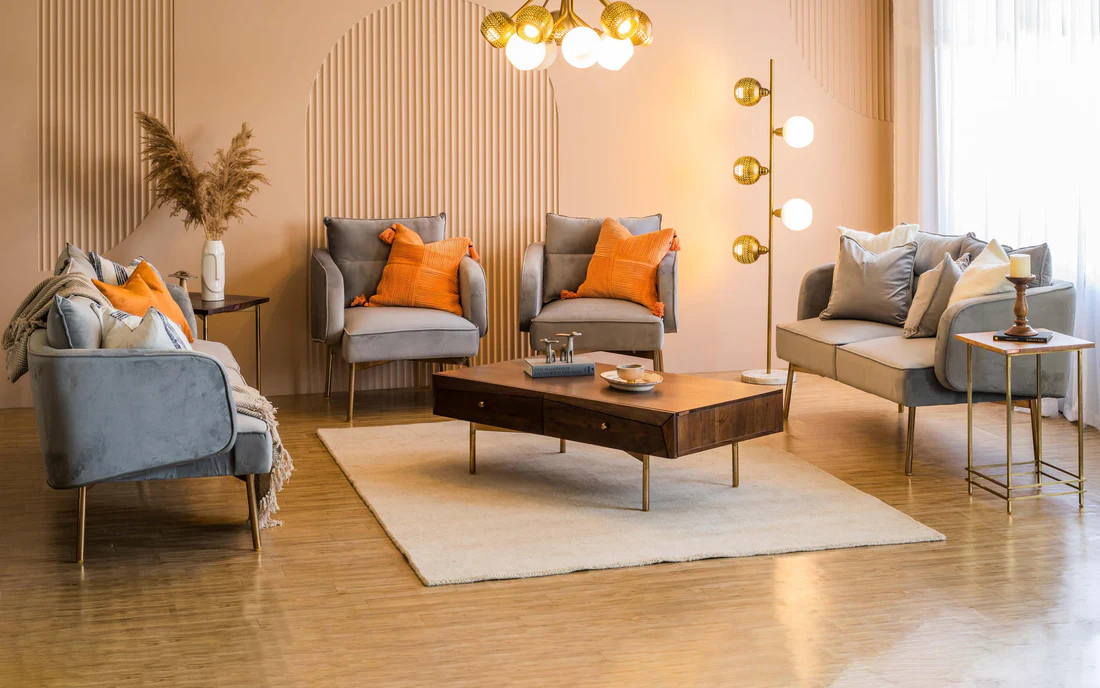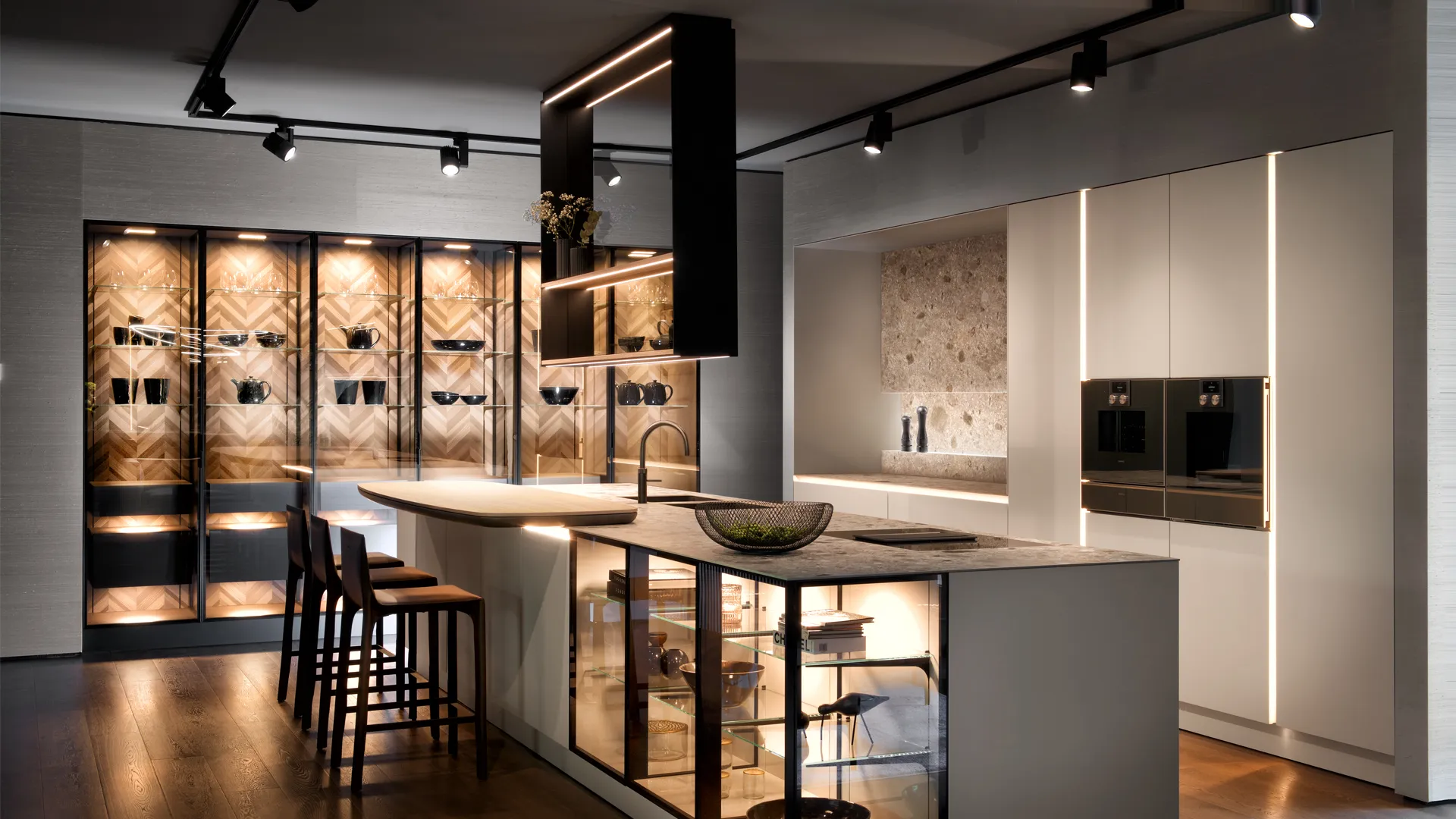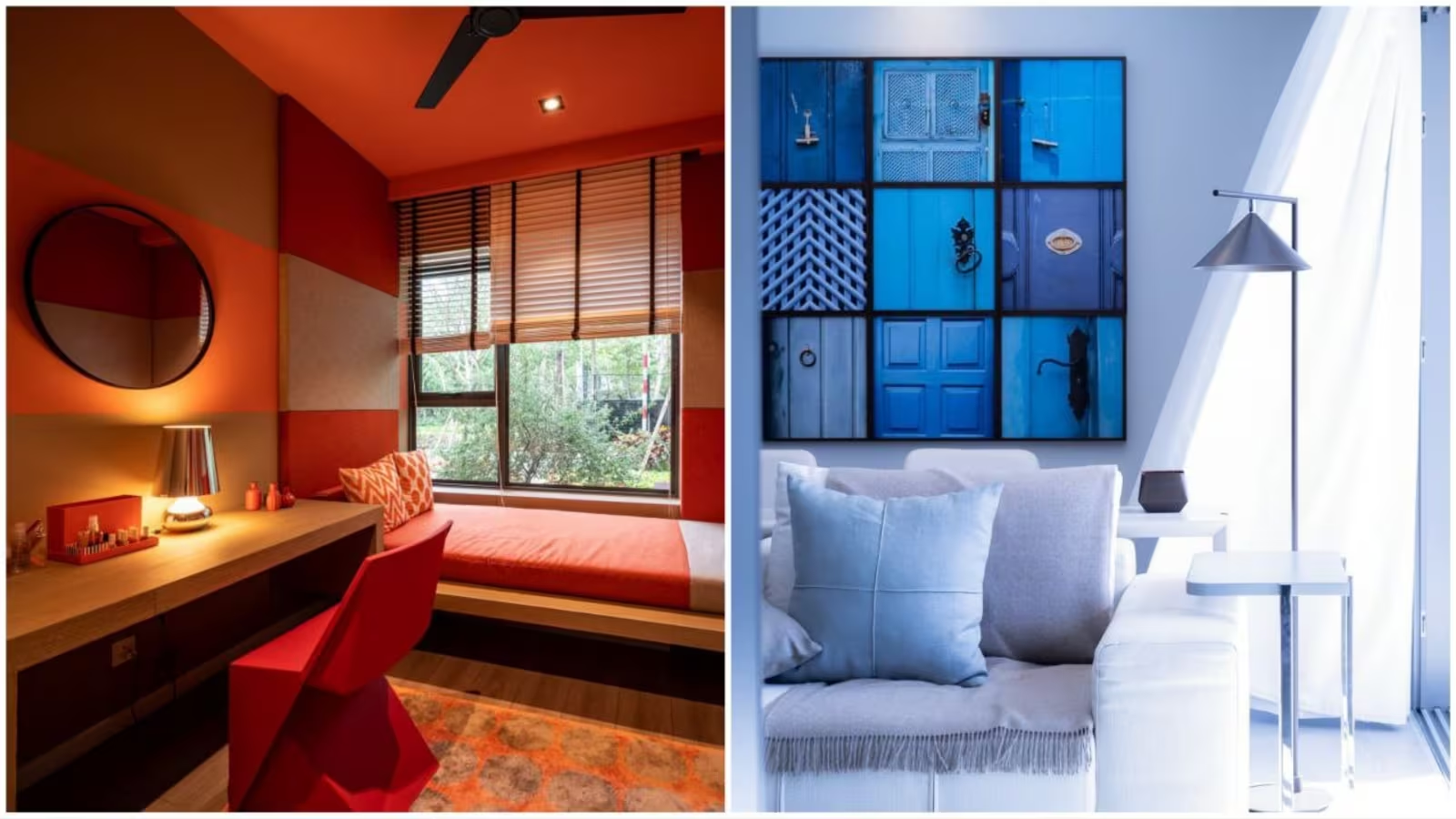The Impact of Color Psychology in Furniture Design
Colour has the capacity to alter someone’s mood and invoke different emotions so just as with the styles and colours that a furniture designer will apply to their pieces, the designer is aiming to create a specific mood for the room that their furniture will furnish.
Calmer colours such as blue are suitable for bedrooms and communal living rooms, while energetic colours such as yellow can help energise rec rooms and home offices.
Neutral and Earthy Tones
It also recommends using neutral earth tones, which create a relaxing mood. They recommend muting your pieces down. Purple is definitely too stimulating for anyone to relax into. Instead, create a mood where people can unwind. Use some wood: tables and cabinets. Do your upholstered pieces in a light, soft brown or pink. Bring green things inside, and maybe bit of yellow. Green plants can add another note of colour, and the leaves are great for people’s positive associations with nature.
Earth tones work nicely with other colours since they are versatile and can blend with an assortment of hues. The reflective nature of earth tones allows light to filter into rooms on days when the sky is obscured, contributing attractive textural interest and warming a room.
While trends may come and go, dramatically lofted ceilings are forever in vogue and timeless neutral colour schemes in multi-family, student housing, senior living and renovation projects do not get stale. For enduring sophistication, just combine timeless shades of white, grey and taupe with the right accent colour or two for pop and personality.
Warm Hues
Vibrant reds, lively oranges – warm hues trigger feelings of warmth and vigour which might help to energise a rather dreary design scheme. Good use of warm colours sprinkled like festive spice is nice when decorating a home but taken in excess can result in an unwelcome claustrophobic and overwhelming interior.
The soothing qualities of cool blues and greens make them perfect candidates to support the design of digital products – websites and applications – that could be used to promote a comforting, calm or anti-stress experience.
To better understand the distinction between warm and cool hues, imagine an imaginary line running horizontally across a standard colour wheel. Hues above it tend to be described as warm, and are more likely to stimulate vitality and activity, while colours below have more calming effects.
Personalization
Colour can have such a profound effect on human behaviour, and be so eloquent a form of expression in itself, that the furniture industry, it seems, is undergoing its biggest transformation ever as designers and the people we sell to are discovering customisation.
in today’s interactive retail experience, in which content, recommendations and offers are tailored in the moment to meet the needs of each customer in reaction to online behavioural data. When the right offer is presented to the right customer at just the right moment, conversion rates can be boosted, while interaction levels can spike.
That is where AI, AR, VR and voice-activated assistants can offer an element of personalisation by showcasing how pieces might look in the customer’s home, and thus reducing returns while increasing loyalty. Design has now become a game in which the customer’s user experience is the aim, effectively turning them into a brand ambassador.
Retro Tones
For eye-catching, vivacious furniture design, electric blue and emerald green are brilliant hues to consider. Bright colours bring positive energy to a design: they create excitement and attract attention – ideal for a dramatic piece of furniture whether it’s for a home or work environment.
Because colour also carries meaning, and often powerful cultural associations as symbols or representations of things, you are retarding your culture’s ability to contribute to universal heritage if you aren’t also taught and reflect on this diversity. This will better enable you to use the colours you like, which might not ‘match’ the material culture of those around you, but which do express your feelings and reflections on your traditions, culture and heritage.
Wood finishes can help to make an intimate setting or open the space, while other wood types such as walnut or mahogany might add a sense of warmth and comfort.











